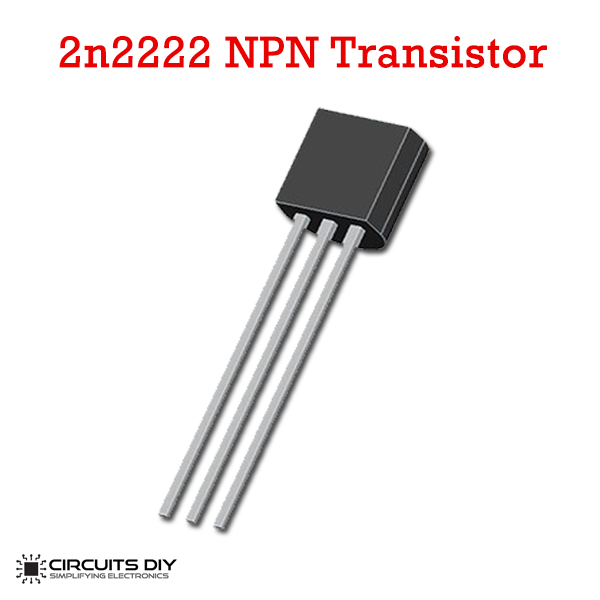

The emitter-base junction is connected in forward biased due to which the emitter pushes the holes in the base region. And the base-emitter is kept in forward due to which the holes from the emitter region enter into the base and then into the collector region by crossing the depletion region. The base of the transistor is always kept positive with respect to the collector so that the hole from the collector junction cannot enter into the base. The emitter which is connected in the forward biased attracts the electrons towards the battery and hence constitutes the current to flow from emitter to collector. The emitter-base junction is connected in forward biased, and the collector-base junction is connected in reverse biased. The construction of PNP transistor is shown in the figure below. The inward arrow shows that the direction of current in PNP transistor is from the emitter to collector. The symbol of PNP transistor is shown in the figure below. The current which enters into the base is amplified into the collector ends. In PNP transistor, the electrons are taken from the base terminal. The base of the PNP transistor has always been negative with respect to the emitter and collector. The letter of the PNP transistor indicates the voltage requires by the emitter, collector and the base of the transistor. The direction of current in PNP transistor is from the emitter to collector. The PNP transistor turns on when a small current flows through the base. The current inside the transistor is constituted because of the changing position of holes and in the leads of the transistor it is because of the flow of the electrons. Of the above types common emitter type is the popular and mostly used configuration.The hole is the majority carriers of the PNP transistors which constitute the current in it. Some of the configurations used in amplifier circuits are It can amplify power, voltage and current at different configurations. The value of IB should not exceed mA.Ī Transistors acts as an Amplifier when operating in Active Region. Where, the value of VBE should be 5V for BC557 and the Base current (IB depends on the Collector current (IC).

The value of this resistor (RB) can be calculated using below formulae.
#Pnp transistor base emitter collector series#
Anything more than 5mA will kill the Transistor hence a resistor is always added in series with base pin. As mentioned the biasing current should maximum of 5mA. As discussed a transistor will act as an Open switch during Forward Bias and as a Closed switch during Reverse Bias, this biasing can be achieved by supplying the required amount of current to the base pin. When a transistor is used as a switch it is operated in the Saturation and Cut-Off Region as explained above. When base current is removed the transistor becomes fully off, this stage is called as the Cut-off Region and the Base Emitter voltage could be around 660 mV. This stage is called Saturation Region and the typical voltage allowed across the Collector-Emitter (VCE) or Base-Emitter (VBE) could be 200 and 900 mV respectively. When this transistor is fully biased then it can allow a maximum of 100mA to flow across the collector and emitter. To bias a transistor we have to supply current to base pin, this current (IB) should be limited to 5mA. The maximum amount of current that could flow through the Collector pin is 100mA, hence we cannot connect loads that consume more than 100mA using this transistor. This is where a PNP transistor differs from a NPN transistor, a Logic state (blue colour) is used to toggle between Ground and Signal Voltage (Emitter-Base Voltage VBE) as shown belowīC557 has a gain value of 110 to 800, this value determines the amplification capacity of the transistor. BC557 is a PNP transistor hence the collector and emitter will be closed (Forward biased) when the base pin is held at ground and will be opened (Reverse biased) when a signal is provided to base pin.


 0 kommentar(er)
0 kommentar(er)
